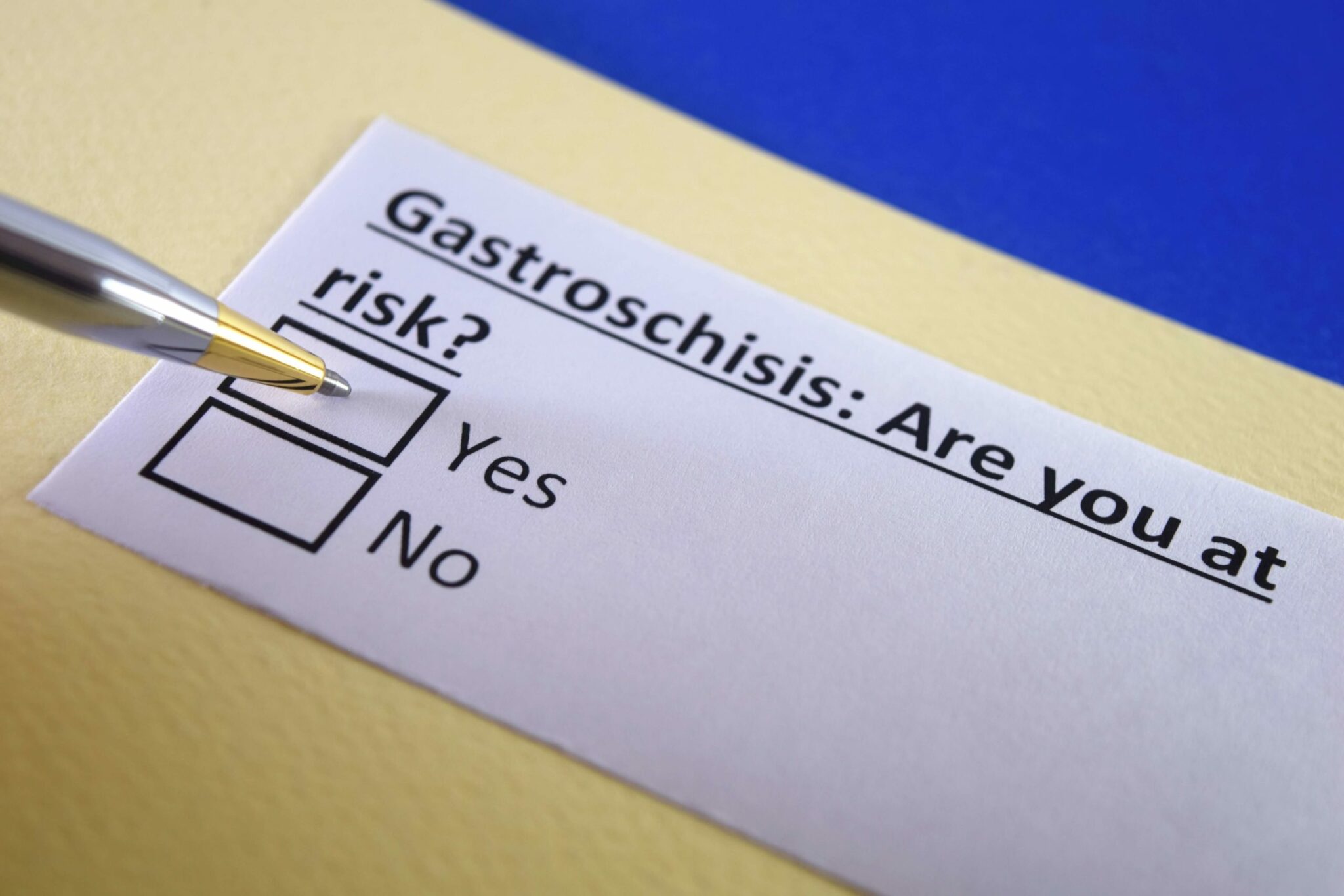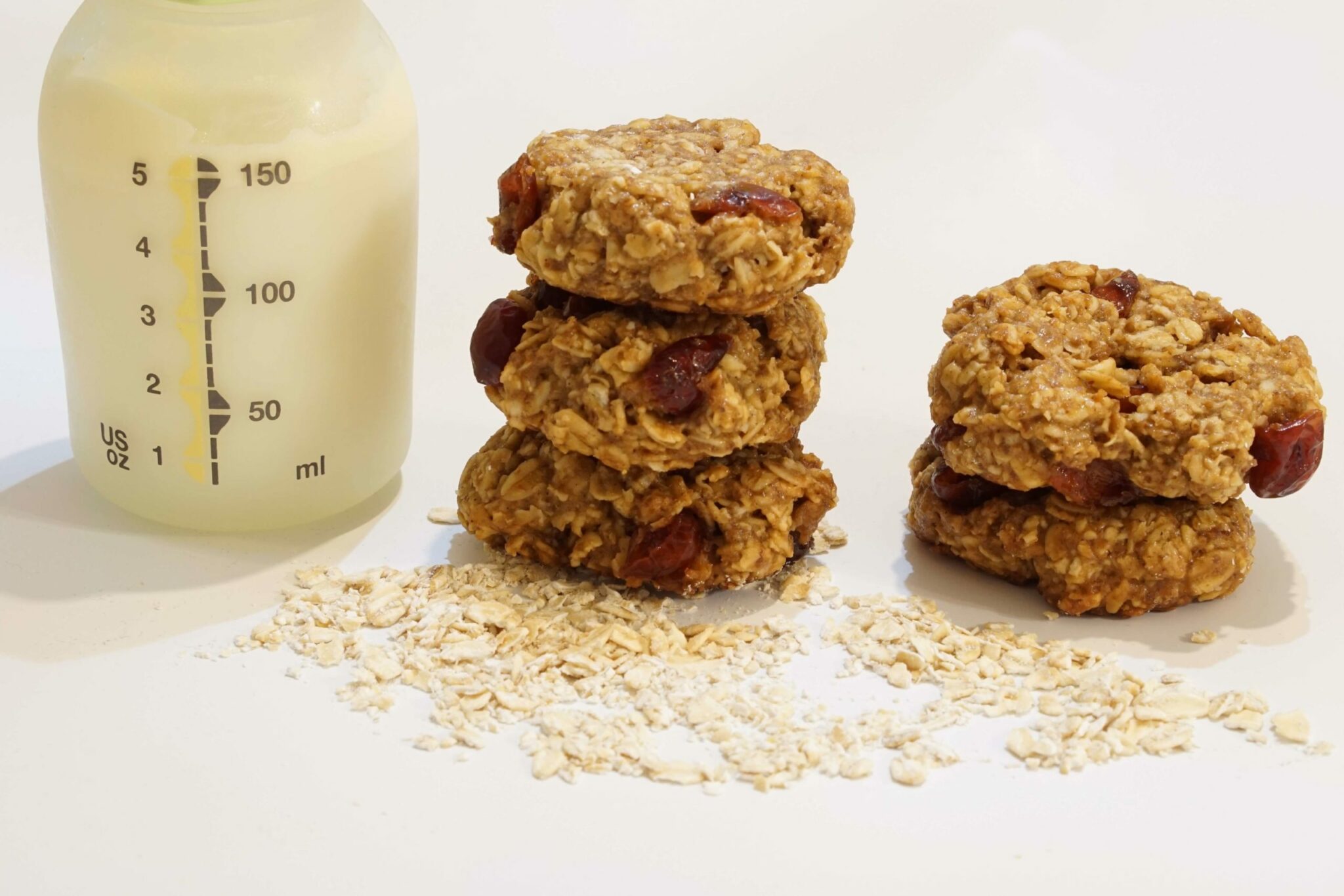Milk Allergies and Formula
There has been much attention regarding milk allergies in infants. The American Academy of Pediatrics (AAP) recommends breast milk over formula because true allergies to breast milk are extremely rare. However, not all families are able to breastfeed, and therefore questions regarding allergies and formula are common.
Simply put, formulas are either made with cow’s milk protein or soy protein. The Committee of Nutrition for the AAP estimates that milk protein allergies are found in 2-3 percent of infants and allergies to soy formula are found in just over 1 percent of babies. Testing if your baby is truly allergic or if he or she has some other condition that mimics the allergy can be difficult. Symptoms of milk allergies can include severe diarrhea with or without blood, skin rashes that cover much of the body, vomiting, failure to gain weight, and irritability. Babies who seem to be reacting to formula might not have a milk allergy, but may be lactose intolerant, have colic, or have another medical condition that should be diagnosed. Before switching formulas from milk-based to soy or to a hypoallergenic formula (which is much more expensive), it\’s best to see your pediatrician.
If your baby is diagnosed with a milk allergy, you will be instructed to switch formulas. The options include:
Soy formula: These formulas have been used for years in babies that react to cow\’s milk formulas. The AAP estimates that up to 14 percent of babies who react to milk proteins will also react to soy. If your infant had a severe milk-protein reaction, your doctor may advise against trying soy formula at all.
Hypoallergenic formulas: These formulas have undergone extensive clinical testing to ensure that 90 percent of babies with documented cow\’s milk allergies will not react to them. They are based on extensively hydrolyzed milk proteins or amino acids (in English, the proteins are broken down into smaller, and thus less allergenic pieces). These are expensive but have been shown to reduce reactions to all potential allergens. All major formula makers also make a hypoallergenic formula. For those families on WIC (Women, Infants, and Children special supplemental nutrition program), these formulas are provided with physician documentation of the allergy.
If you have done any formula shopping you will also notice some formulas with the label “whey protein partially hydrolyzed.” Unfortunately, infants with true milk-protein allergies will also show symptoms if given this formula.
Sources:
- American Academy of Pediatrics
- Hypoallergenic Infant Formulas
- Pediatrics 2000:106;346.
KidsHealth.org - About Milk Allergy.
FoodSafety.gov - Baby Food and Infant Formula.
National Institutes of Health - Infant Formulas.
U.S - Food and Drug Administration
- FDA 101: Infant Formula.
American Academy of Pediatrics - Soy Protein-based Formulas: Recommendations for Use in Infant Feeding.
Powered by Bundoo®










































